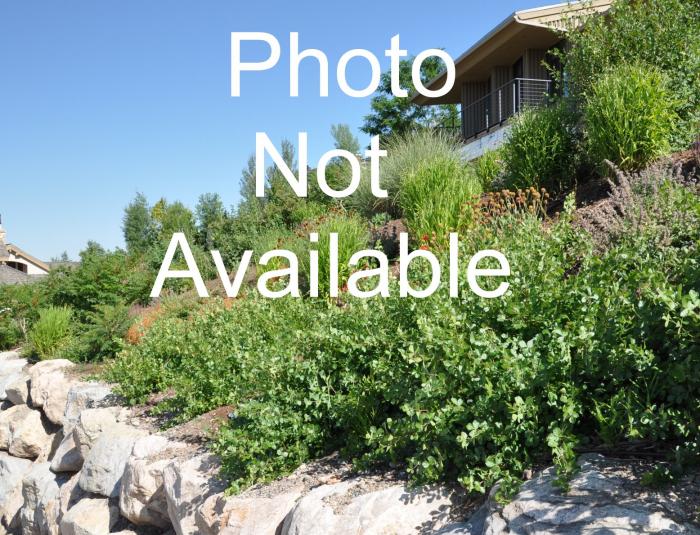| Botanical Name: Lonicera japonica chinensis | |
| Common Name: Creeping Japanese Honeysuckle |

-
Anatomy
-
Culture
-
Design
Plant Type
Ground cover, Vine
Height Range
12-25'
Flower Color
Red, White
Flower Season
Spring, Summer
Leaf Color
Green, Purple
Bark Color
n/a
Fruit Color
n/a
Fruit Season
n/a
Sun
Full, Half
Water
Low, Medium, Extra in Summer
Growth Rate
Fast
Soil Type
Sandy, Clay, Loam, Rocky, Unparticular
Soil Condition
Average, Rich, Well-drained, Dry
Soil pH
Neutral, Basic
Adverse Factors
Attracts Bees, Invasive
Design Styles
English Cottage, Mediterranean, Ranch, Spanish, Woodland
Accenting Features
Fragrance, Showy Flowers, Unusual Foliage
Seasonal Interest
Spring, Summer, Fall
Location Uses
Background, Shrub Border, Foundation, Patio, Walls / Fences
Special Uses
Erosion Control, Screen, Naturalizing
Attracts Wildlife
Hummingbirds, Butterflies
Information by: Stephanie Duer
Photographer: Richard Devine
Photographer: Richard Devine
-
Description
-
Notes
This honeysuckle is slightly less vigorous than L. j. 'Halliana.' Reddish-purple buds open up to fragrant, white flowers. Green leaves with purple undersides. A vigorous climber to 15 feet, though only 2 feet or so when used as a ground cover. Also listed as L. j. repens. Deciduous.
Needs support to become established. Its a twining vine, so it has to have something to wrap its tendrils around. This is an aggressive vine, and so ought to be avoided in riparian corridor areas, or in wild-land interface areas as it could escape and over-take native plants.